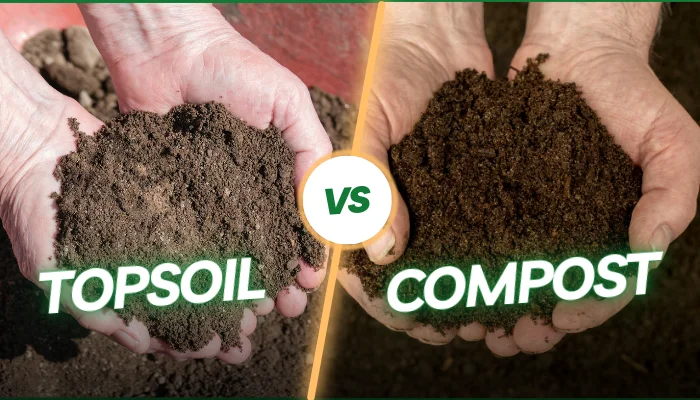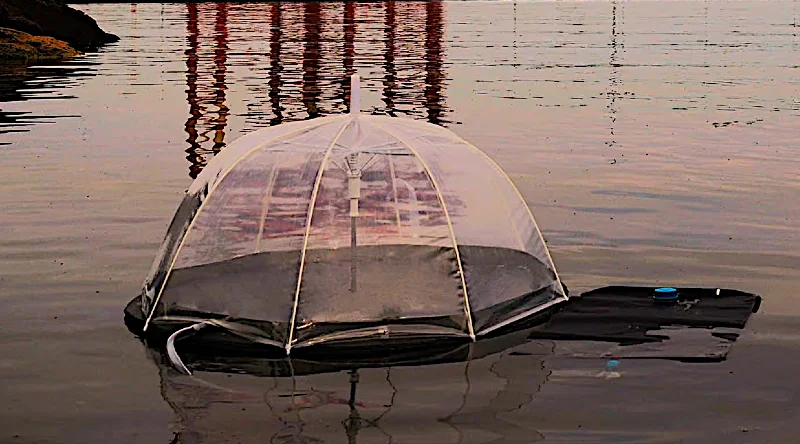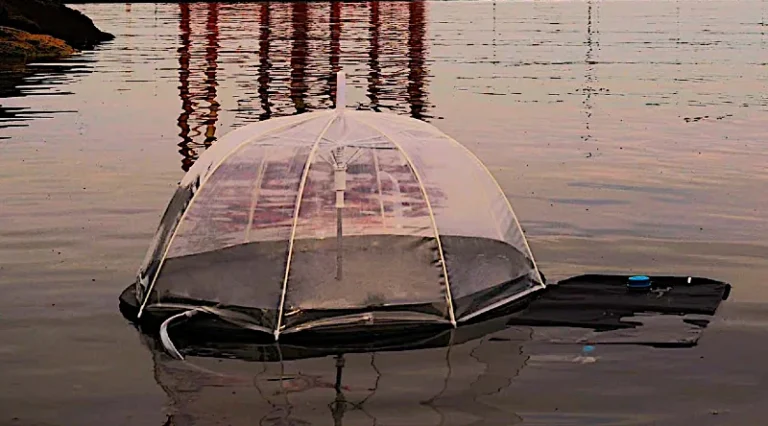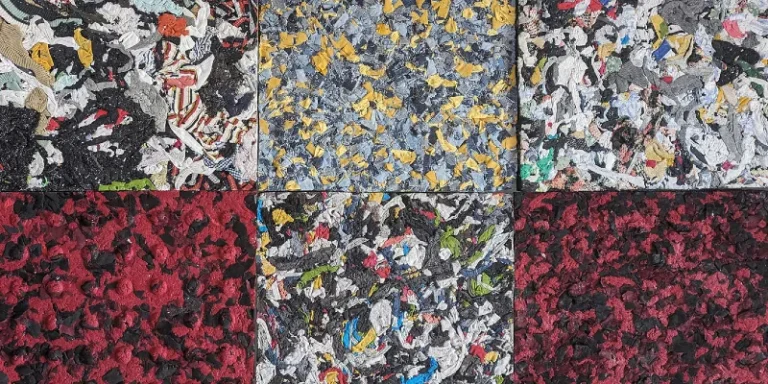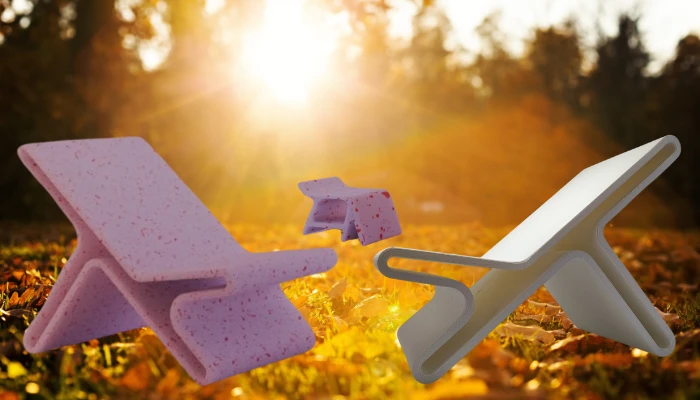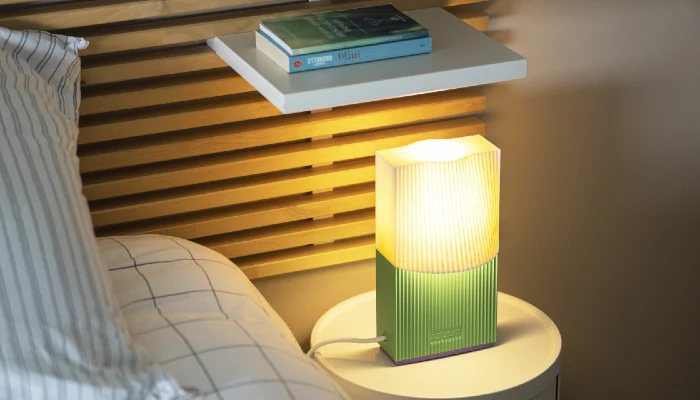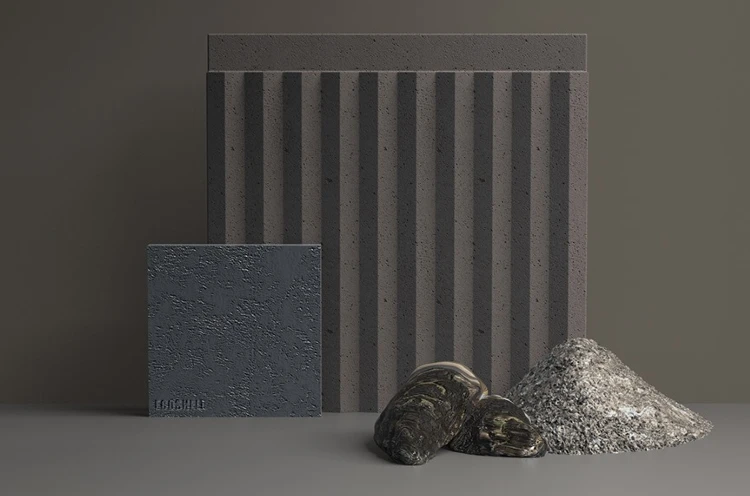Water. It covers most of our planet, yet drinkable water is in critically short supply. And that problem isn’t going away soon.
Pollution, rising costs, and limited access make clean water unattainable for millions of people, primarily throughout Africa and India.
Discarded rubber tires may hold the key to safer drinking water.
Researchers at Dalhousie University in Canada have designed a floating solar still that purifies water cheaply and effectively. It’s sustainable, cheap, and could change lives for low-income communities in developing countries.
How It Works: Simple, Smart Design
The floating solar still is a compact, easy-to-use device. Here’s how it operates:
- Water Absorption: The still sits on water and soaks it up from below.
- Solar Purification: Solar radiation heats the water, causing it to evaporate. Impurities are left behind.
- Condensation Collection: The purified vapor condenses on a clear dome, dripping down into a collection area.
This small cheap device produces 15.5 cups of clean water daily. That’s more than the 10 cups most people need. It’s straightforward, efficient, and surprisingly affordable.

Giving Old Tires a Second Life is Sustainability 101
What sets this solar still apart is its innovative material. Most similar devices rely on costly precious metals, making them impractical for widespread use. This design uses recycled tires, processed through pyrolysis—a method that breaks down tires into carbon-rich char.
The char is combined with plasmonic titanium carbides, creating an inexpensive material that maximizes solar energy use.
The result?
Each liter of water costs just 0.86 cents to purify. That’s a fraction of what traditional methods require, making it accessible for low-income areas.
Plus, it reduces waste by reusing tires that would otherwise clog landfills.

The Bonus Is A Tiny Energy Boost
This solar still doesn’t just clean water. It generates a small amount of electricity thanks to the thermoelectric effect. While it’s not enough to power your home, it can run water quality sensors.
Meaning, for the first time, many of these thirst-stricken communities will know that their water is safe to drink.
Billions of people struggle to access clean drinking water. Many solutions exist, but they’re often too expensive or impractical. This floating solar still is hope.
It’s affordable, easy to use, and made from waste materials that those of us in developing nations don’t even use as swings on community playgrounds anymore. For communities without reliable water sources, it could mean survival.
More To Discover
- Scientists Say AI Is Key to Unlocking Fusion Energy’s Potential
- Rising Above the Greenwash: How Awareness Fuels Authentic Change As We Navigate the Green Wave
- How To Use Old Fashioned Food Preservation Methods to Eat Local and Seasonal Year Round
- Suing for Survival: Legal Battle to Prevent the Great Salt Lake from Turning to Toxic Dust
This project included eight researchers (Matthew J. Margeson, Mark Atwood, Jaser Lara de Larrea, Joseph A. Weatherby, Heather Daurie, Katlyn Near, Graham A. Gagnon, Mita Dasog) and was sponsored by the Dalhousie University in Canada.




